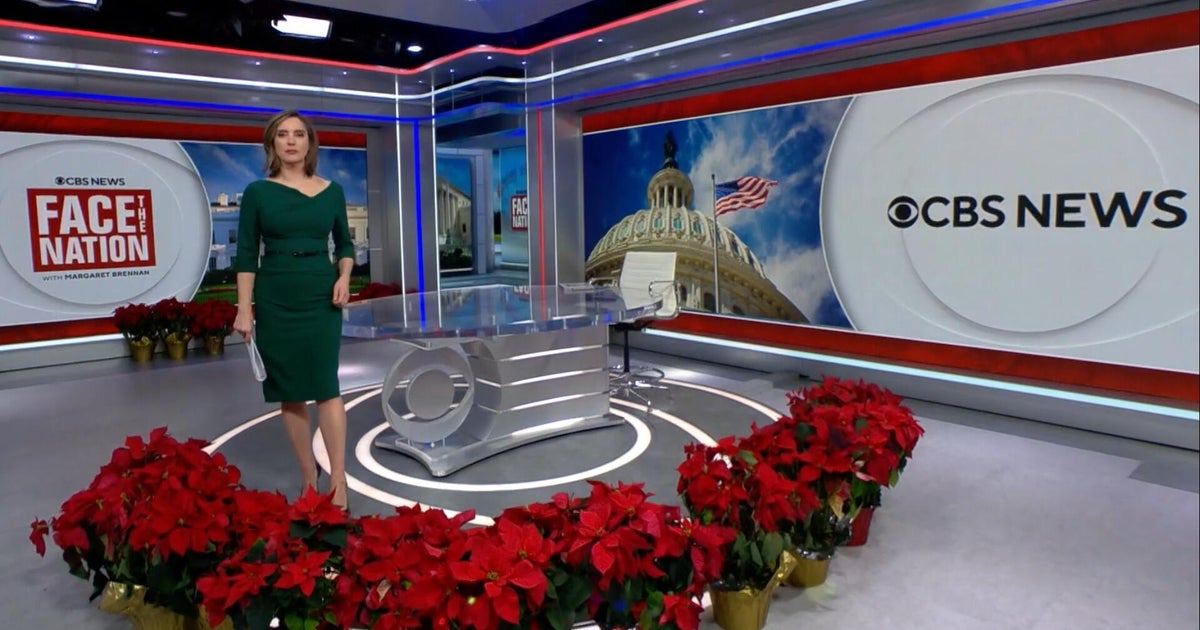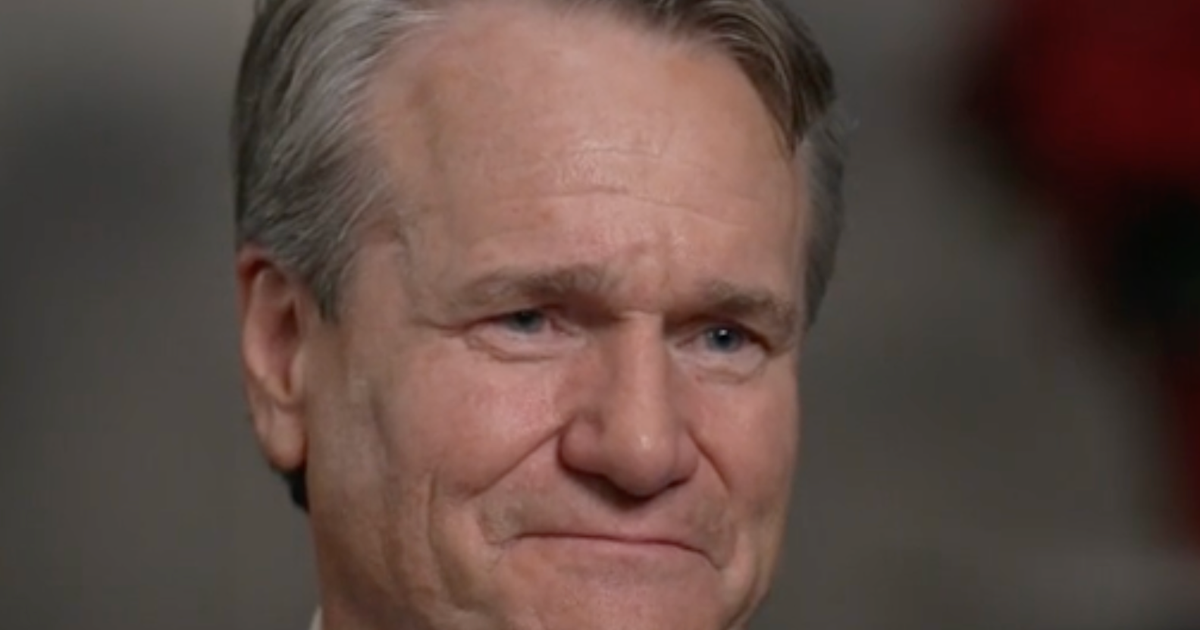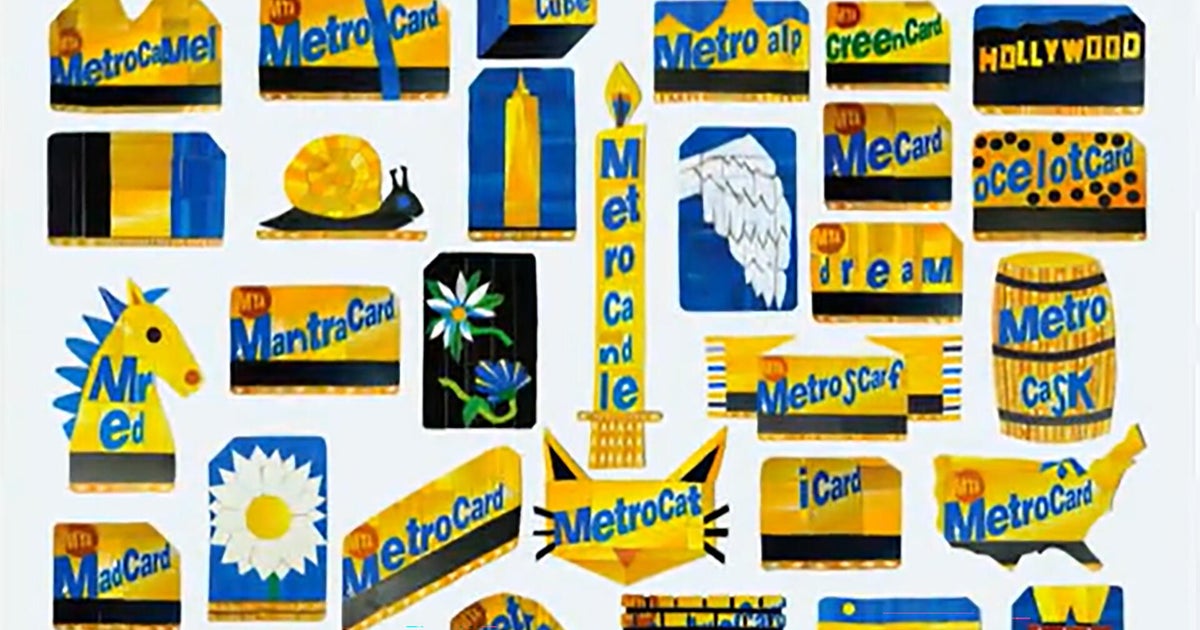September 2, 2025 — 5:00am
In a tiny valley recessed into Taipei’s northernmost edge, the mayhem of city life is interrupted by the mayhem of nature. In the Beitou Thermal Valley, water bubbles to the Earth’s surface at a scalding 92 degrees, forming a cauldron-like lake and blanketing the sky with sulphurous clouds of steam. It’s like Rotorua or Yellowstone transplanted to an Asian city, and it’s just one indication that so much of Taiwan comes on a grand scale.

On this island, around half the size of Tasmania, mountains that rise higher than Mount Fuji cover more than two-thirds of the land, and the world’s 11th-highest building spears out of the capital city.
For all that, Taiwan is still shaded as a travel destination by nearby Japan and South Korea. In 2024, visitor numbers to those two East Asian countries surged by almost 50 per cent; Taiwan received just 20 per cent of the 36.8 million visitors that swarmed to Japan.
Among Australian travellers, the discrepancy was even starker, with 122,000 Aussies visiting Taiwan, compared with the 920,000 that entered Japan. Could Taiwan be the antidote to its near neighbours’ growing beast of overtourism?
Like Japan, the island – once named Formosa, “beautiful” in Portuguese – has been shaped by its position on the so-called Ring of Fire, a belt of volcanic activity that runs around the rim of the Pacific Ocean. It’s this tectonic force that buckled Taiwan into mountains, and brewed the hot springs that emerge like leaks across the island.
Prime among them, set deep into the mountains, is Guguan. Though the local Atayal, one of Taiwan’s 16 indigenous tribal groups, long knew of the natural hot springs around this small town, it was the colonial Japanese, rulers of Taiwan from 1895 to 1945, who tapped them to recreate an onsen culture.

A band of onsen hotels arose along the steep banks of the River Daija, ringed by seven mountains known, as if from a fantasy novel, as the Seven Heroes. Today, Guguan is capped by one of Taiwan’s finest hotels, the Hoshinoya Guguan. Only the second Hoshinoya resort outside of Japan, it opened in 2019 on a high bench of land that had previously been a campground and a plum orchard.
An artificial stream meanders through the hotel’s immaculate garden, mirroring the course of the river below, and staff lead visitors through tea ceremonies, yoga and breathing sessions in the 10 gazebos dotted among the cedars and pines. It’s all designed to soothe, though the onsen is the ultimate balm.
There’s a comfortable familiarity to the hotel’s onsen which, like its Japanese counterparts, is divided by gender, with mandatory nudity, but tempered by concessions to the greater Taiwanese modesty – onsen culture is, after all, a relatively recent import into Taiwan.
The Hoshinoya’s public pools have an Edenic garden setting, and in the evening I watch alone from their silent, 40-degree warmth as the winter sun falls behind the mountains. The outdoor pool has a zigzag shape, designed to create pockets that shield guests from view of other bathers, but a residue of reticence remains among Taiwanese travellers.

For this reason, every one of the 49 rooms at the Hoshinoya, like other onsen hotels around Taiwan, contains a private onsen pool. In my tatami-floored room, it’s a balcony-style tub with slatted shutters that slide back for views of the Seven Heroes, or close for privacy as I soak. It’s a hard spot to leave, even if only to meander downstairs for another gloriously solitary marinade in the public onsen.
Echoes of Japan continue. Deeper in the mountains, in the very centre of the island, is Sun Moon Lake, a once-tiny fishing lake dammed to create Taiwan’s largest water body. The ridges around the lake are studded with temples, and above its shores – connected to the lake by a kilometre-long gondola cableway – is the curious Formosan Aboriginal Culture Village, a quirky mix of theme-park thrills and a studied, well-put-together village of homes and artefacts from Taiwan’s indigenous groups (with the less-studied chance to shoot a blowpipe).
Strung between the two – roller coasters below, village above – is a grove of 6000 cherry trees that brighten into the centrepiece of Taiwan’s own cherry-blossom season each February and March. A cherry blossom festival has been held here for 25 years, and a plaque boasts that the Japanese Cherry Blossom Association has decreed the village to have the world’s best cherry blossom display outside of Japan.

About the same time as the blossoms bloom, another festival brings even more colour to Taiwan. Across much of East Asia, Chinese New Year festivities are winding down by the 15th day of the year – the first full moon of the lunar calendar – but it’s only then that the Taiwan Lantern Festival lights up.
Known as the “little New Year”, the 12-day festival is held in a different city each year and is no simple lighting of a lantern. I’m here on opening night, with the festival filling an enormous city square in Taiwan’s fifth-largest city, Taoyuan. Hundreds of larger-than-life lanterns – sculptures in paper – depict figures, from polar bears to mechanised turtles and Medusa, all created by professional artists, school groups and even prisoners.
Despite the heavy rain, almost 700,000 people attend the festival this night, wandering through the high-rise-rimmed canyon of light, with spotlights roaming the sky. At 7pm, long after the winter night has fallen, trumpets sound, drums boom, Taiwan’s president signals (with the swing of a baseball bat) and the festival’s showpiece lantern flares into life. Spinning like a showroom car, the 18-metre-high lantern resembles a snake (in this Year of the Wood Snake) turning and turning on itself, no start or end to its body that is textured with light. It’s a lantern, but it’s also an artwork.
From Taoyuan, it’s just 20 minutes to Taipei on Taiwan’s 300km/h high-speed rail, where temples, the eat street of Yongkang, the towering heights of the 508-metre-high Taipei 101 tower and the Beitou Thermal Valley provide compelling reasons to linger.
But it’s a village in the hills beyond, perhaps the most visited village in Taiwan, that calls loudest. Once a gold-mining town, Jiufen now trades on its beauty and cinematic connections. Its picturesque heart is Jiufen Old Street, a largely covered winding lane of stores and eateries purveying local specialties such as meatballs in sweet potato starch, pineapple cake and peanut ice-cream rolls with coriander.

The lane fills with visitors each day, the occasional scooter parting the pedestrian traffic like Moses, but eventually all passages lead to a single teahouse, Amei Tea House, claimed by many (though not the filmmaker) to have inspired the setting for Spirited Away, the Oscar-winning Japanese animated film by Hayao Miyazaki.
As I stand outside, looking up at the dark wooden teahouse, I’m reminded less of the big screen and more of tribal villages I’ve visited in the southern Chinese provinces of Guizhou and Guangxi. Once again, it feels like I’m standing in some sort of meeting point of East Asia’s finest features – cherry blossoms, onsens and dark wooden villages spilling down steep hillsides – and largely without the crowds.
FIVE UNIQUE TAIWAN EXPERIENCES
Minimal
Get the scoop on the world’s only Michelin-starred ice-cream at this Taichung ice-creamery. Book well ahead for the seven-course ice-cream menu.
Jadeite Cabbage
Step into Taipei’s National Palace Museum to find a piece of jadeite sculpted to look like bok choy or, perhaps, Chinese cabbage. It’s now so famous it outshines all else in the impressive collection. Look also for the Meat-Shaped Stone, a block of jasper carved into the shape of pork.
Golden Waterfall
One of the world’s newest waterfalls, formed by a land collapse near Jiufen in the 1970s.
High Heel Church
A 17-metre-high church in Budai made from 320 glass panels and shaped like a blue high-heel shoe.
Fo Guang Shan Buddha Museum
Beneath a 50-metre-high Buddha statue outside the southern city of Kaohsiung, this museum claims to have one of the three teeth from Buddha in existence.
THE DETAILS
FLY
China Airlines flies from Sydney and Melbourne to Taipei Taoyuan four times a week. See china-airlines.com
STAY
Onsen rooms at Hochinoya Guguan start from $380 a night. See hoshinoresorts.com/en/hotels/hoshinoyaguguan
In Beitou, rooms at the Wellspring by Silks Beitou, which sources its onsen water from thermal springs, starts from $410. See beitou.wellspringbysilks.com/en
Amba Taipei Songshan, central Taipei, occupies the 17th to 21st floors of a city building and is eye-to-eye with Taipei 101. Rooms from $120. see amba-hotels.com/en/songshan
FESTIVAL
In 2026, the Taiwan Lantern Festival will be held in the southern city of Chiayi from March 3 to 15.
Andrew Bain travelled as a guest of the Taiwan Tourism Administration.
Sign up for the Traveller Deals newsletter
Get exclusive travel deals delivered straight to your inbox. Sign up now.
After abandoning a sensible career in IT, Rob McFarland now divides his time between Sydney, the US and Europe. He's won six writing awards and regularly runs workshops for aspiring writers. Follow his travels on Instagram @mctraveller


















































